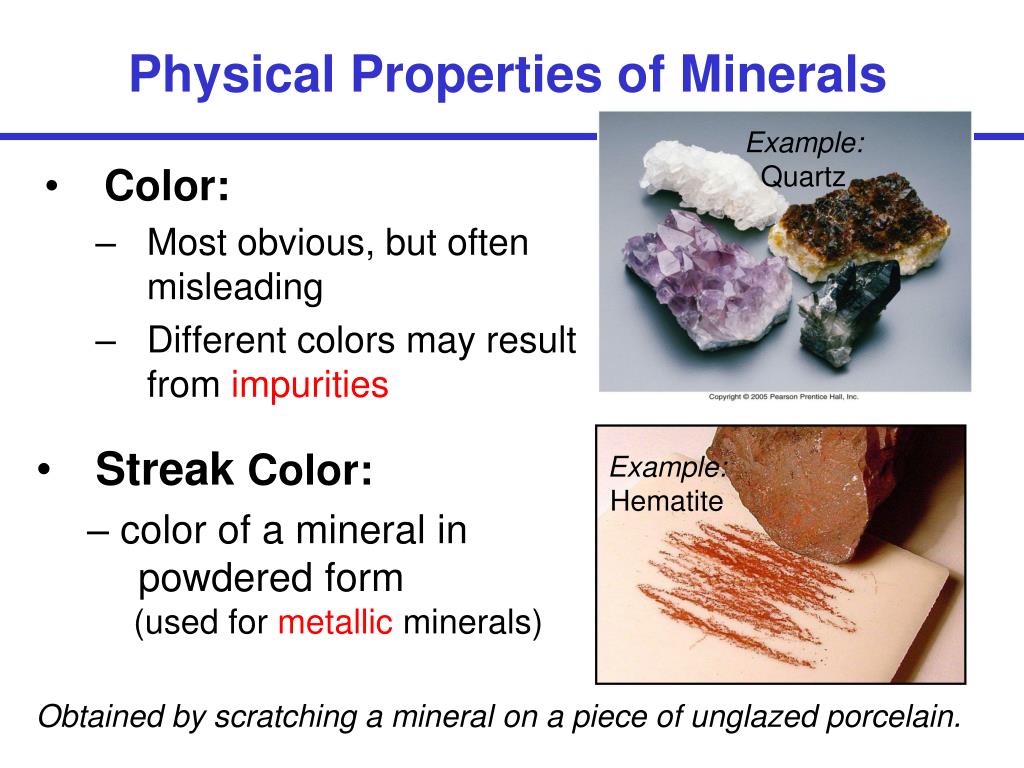Which Of The Following Is Not True About Minerals
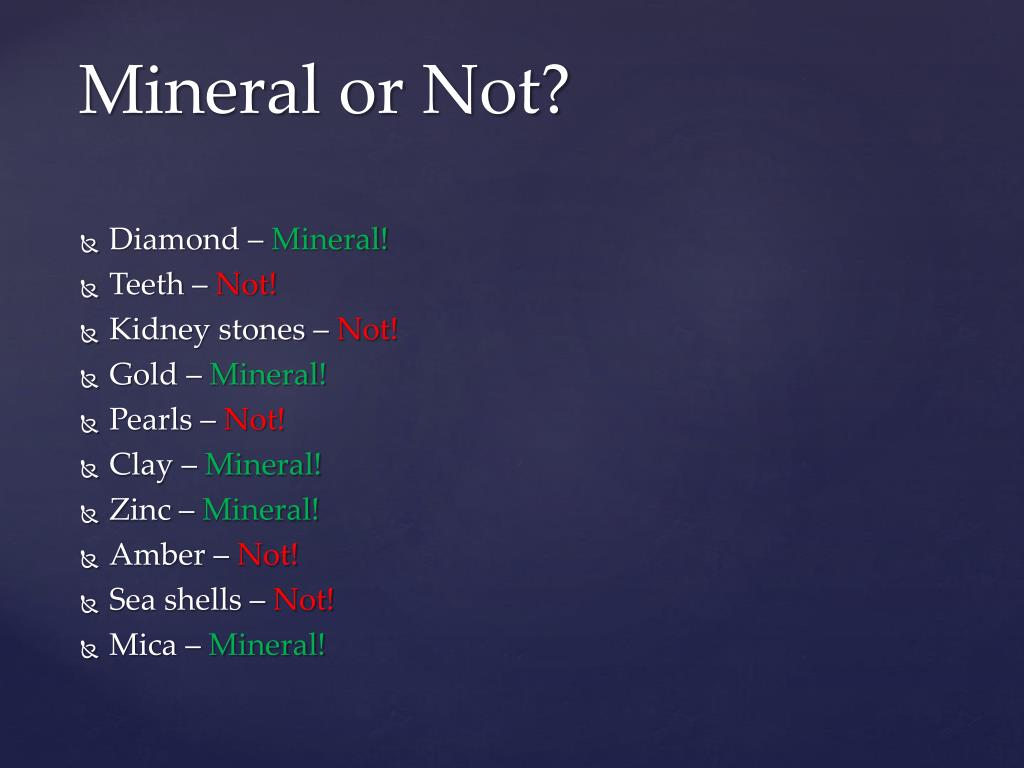
Imagine holding a sparkling amethyst, its deep violet hues catching the light. Or perhaps a piece of rough-hewn pyrite, its metallic gleam hinting at hidden depths. Minerals, the building blocks of our planet, are all around us, shaping our landscapes and enriching our lives in countless ways. But how well do we truly understand these fascinating substances?
This article delves into the world of minerals, specifically addressing a common question format: "Which of the following is NOT true about minerals?" We'll explore the defining characteristics of minerals, clarifying some common misconceptions and highlighting the key properties that make them unique.
What Defines a Mineral? The Core Principles
To understand what might be not true about minerals, we must first establish what is true.
The scientific definition of a mineral is quite specific.
It must be naturally occurring, inorganic, solid, have a definite chemical composition, and possess an ordered crystalline structure.
Naturally Occurring: Born of the Earth
A mineral cannot be synthesized in a lab. It must be a product of natural geological processes. This immediately excludes synthetic diamonds or lab-grown crystals, no matter how chemically identical they are to their natural counterparts.
Authenticity is key to this principle.
Inorganic: Not From Living Things (Directly)
Minerals are not formed by living organisms or from the direct breakdown of organic material. Coal, for example, while containing minerals, is not itself a mineral because it's derived from ancient plant matter.
Some minerals can be formed by biomineralization processes, but the initial precipitation or formation doesn't directly involve organic compounds.
Solid: A Defined Physical State
Minerals must exist in a solid state at standard temperature and pressure. Liquids and gases, such as water and air, are not considered minerals in their typical forms.
Ice, however, is a mineral because it's a solid form of naturally occurring water with a defined crystalline structure.
Definite Chemical Composition: A Recipe for Creation
A mineral has a specific chemical formula or a composition that varies within defined limits. Quartz, for example, is always SiO2 (silicon dioxide), while olivine can be (Mg,Fe)2SiO4, indicating that magnesium (Mg) and iron (Fe) can substitute for each other within the crystal structure.
This chemical consistency is crucial to mineral identification.
Ordered Crystalline Structure: Atoms in Formation
The atoms in a mineral are arranged in a highly ordered, repeating three-dimensional pattern. This internal order is what gives minerals their characteristic crystal shapes and physical properties, like cleavage and hardness.
Amorphous solids, like glass, which lack this ordered structure, are not minerals.
Common Misconceptions: Untruths About Minerals
Now that we have a solid understanding of what defines a mineral, let's address some common misconceptions that often appear in "Which of the following is NOT true?" questions.
These incorrect statements might seem plausible at first glance but contradict the scientific definition of minerals.
"Minerals are always brightly colored."
Color is a useful property for identification, but it's not a defining characteristic. Many minerals are colorless or white, while others owe their vibrant hues to trace impurities.
Quartz, for instance, can be clear (rock crystal), purple (amethyst), pink (rose quartz), or smoky brown.
"Minerals are all rare and expensive."
While some minerals are indeed rare and highly valued (like diamonds or emeralds), many common minerals are abundant and inexpensive. Feldspar and quartz, for example, make up a large portion of the Earth's crust.
Availability has no impact on its definition as a mineral.
"Minerals are all hard and durable."
Mineral hardness varies widely. Talc, for example, is one of the softest minerals, easily scratched with a fingernail, while diamond is the hardest known natural material. A mineral's hardness is determined by its chemical bonds.
It doesn't matter the measure of its durability; it is still a mineral.
"Minerals are always found in large, perfect crystals."
While well-formed crystals are aesthetically pleasing and valuable to collectors, minerals often occur in massive, fine-grained aggregates, where individual crystals are difficult to distinguish. Think of the granite rock, for example.
Crystallization isn't required for formation.
"Minerals are organic."
We've already established that minerals are inorganic. While some minerals might be found in association with organic material, they are not themselves of organic origin, by which we mean not formed of, or relating to living matter.
This is one of the core conditions.
Why Does It Matter? The Significance of Mineral Understanding
Understanding what defines a mineral isn't just an academic exercise. It has practical implications in various fields.
Geologists use mineral properties to identify rocks and understand Earth's history.
Engineers rely on mineral properties when selecting materials for construction and manufacturing.
The mining industry depends on accurate mineral identification for resource exploration and extraction.
Even everyday consumers benefit from a basic understanding of minerals, as they are used in everything from cosmetics to electronics.
Beyond the Textbook: A Continued Exploration
The world of minerals is vast and endlessly fascinating. This article has only scratched the surface, addressing common misconceptions and highlighting key defining characteristics.
Further exploration into mineralogy, crystallography, and geochemistry can reveal even deeper insights into these essential components of our planet.
From the gleaming gemstones in a jewelry store to the humble grains of sand on a beach, minerals are a constant reminder of the Earth's dynamic processes and the intricate beauty of the natural world.
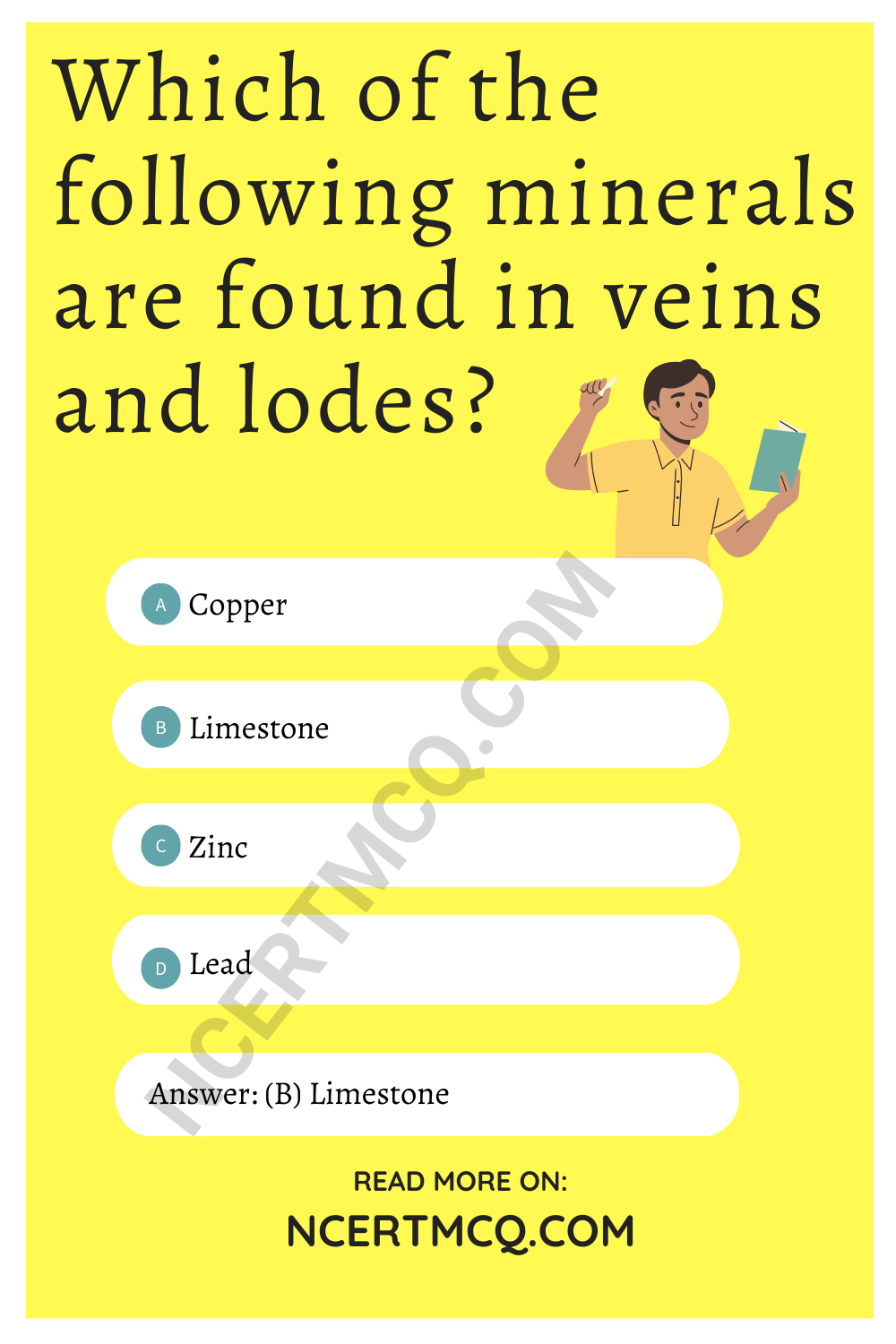
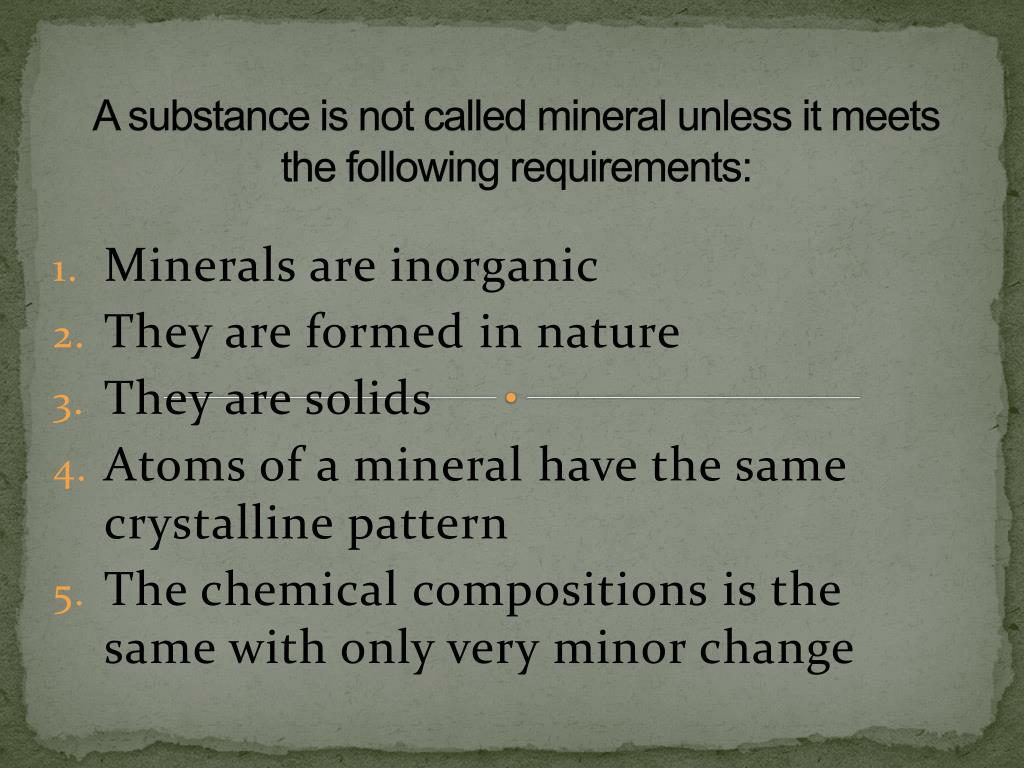



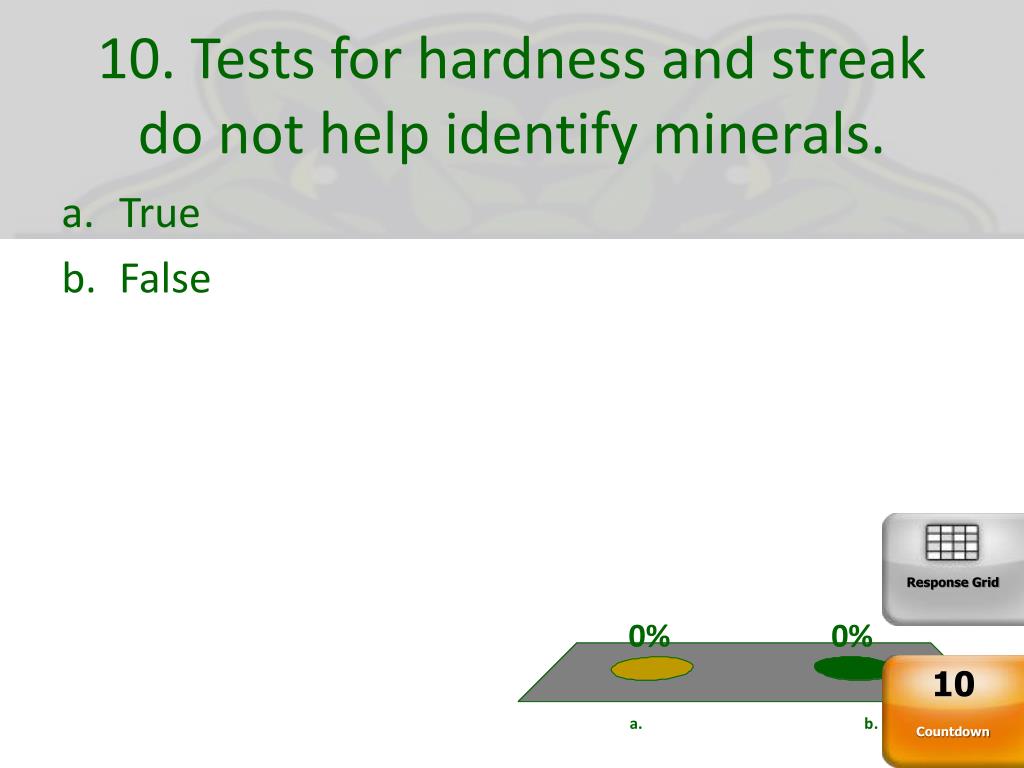
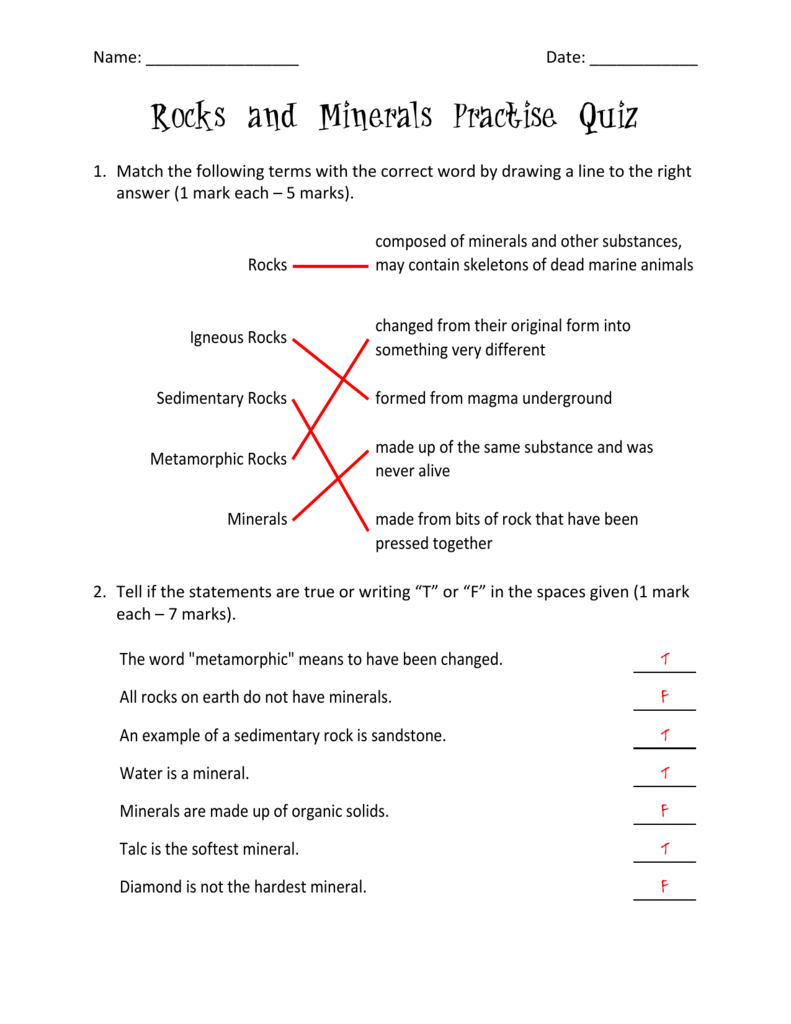


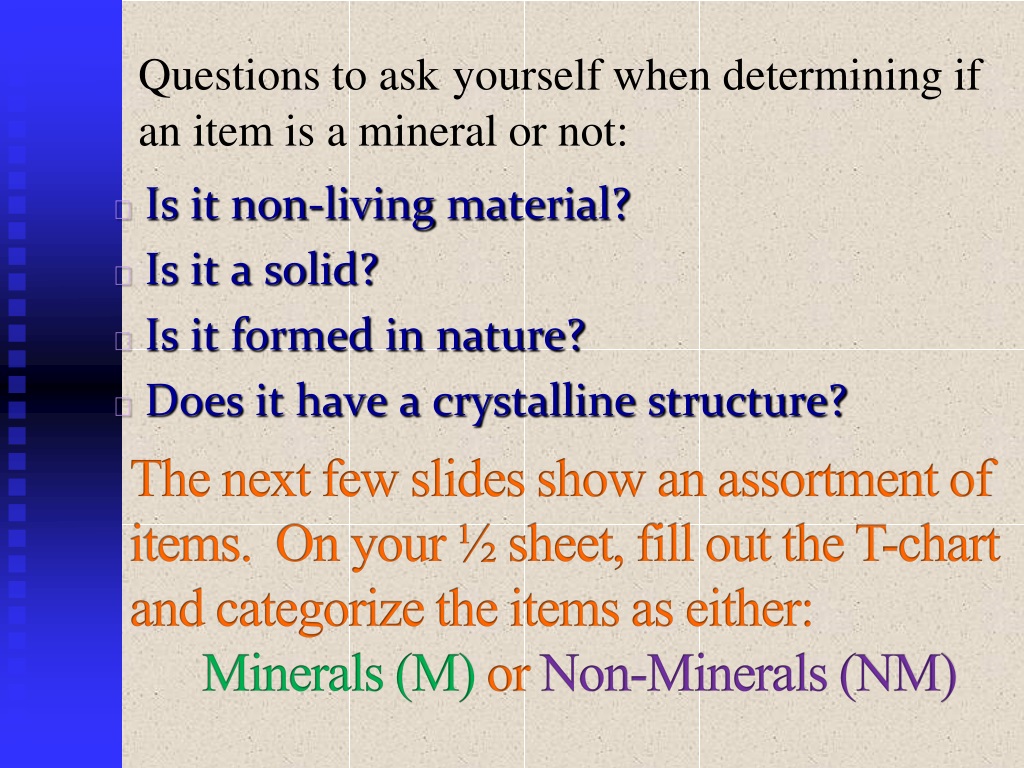



![Which Of The Following Is Not True About Minerals [FREE] Classify the following materials rock or mineral - brainly.com](https://media.brainly.com/image/rs:fill/w:750/q:75/plain/https://us-static.z-dn.net/files/da7/349afbb5bc6297adad0cebcd2443a0b9.png)
